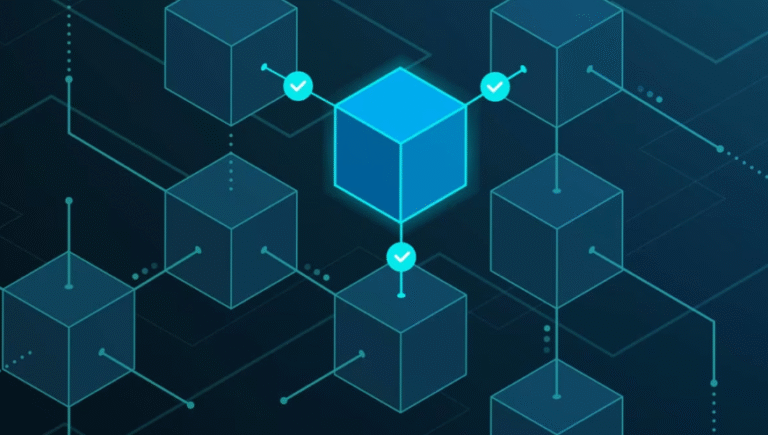What Is Edge Computing and Why Is It Important?
Edge computing represents a shift in data processing, moving tasks closer to data sources rather than relying on centralized servers. This paradigm reduces latency and enhances performance for real-time applications. Its significance lies in optimizing bandwidth and improving system reliability, which are critical in sectors like smart cities and industrial automation. A deeper exploration of its benefits and applications reveals its transformative potential in modern technology landscapes. What implications does this hold for future developments?
Understanding Edge Computing
Although the concept of edge computing may seem relatively new, its foundational principles are rooted in the need for improved data processing efficiency and reduced latency in network communications.
By decentralizing data processing closer to the source, edge computing minimizes network latency, enhancing real-time application performance.
Additionally, it addresses data security concerns by limiting data exposure during transmission, thereby fortifying overall network integrity.
See also: The Economics of Horse Racing: How the Industry Generates Revenue
Key Benefits of Edge Computing
As organizations increasingly rely on real-time data processing, the key benefits of edge computing become evident, particularly in terms of enhanced performance and efficiency.
By processing data closer to its source, edge computing significantly reduces latency, enabling quicker decision-making and response times.
This approach optimizes bandwidth usage, minimizes delays, and improves overall system reliability, thereby offering organizations greater operational agility and responsiveness.
Real-World Applications of Edge Computing
How can edge computing transform industries in practical terms?
In smart cities, it enables real-time data processing for traffic management and public safety, enhancing urban living.
In industrial automation, edge computing facilitates predictive maintenance and operational efficiency by analyzing data locally, reducing latency.
These applications not only optimize resources but also empower stakeholders with immediate insights, fostering innovation and operational freedom.
Conclusion
As the digital landscape evolves, the pivotal role of edge computing emerges, poised to redefine operational dynamics across various sectors. With its capacity to minimize latency and bolster security, organizations teeter on the brink of a revolution in data processing. The potential for real-time decision-making beckons, yet challenges in implementation loom. Will industries fully embrace this transformative technology, unlocking unprecedented efficiencies, or will hesitation hinder progress in an era where immediacy is paramount? The future remains tantalizingly uncertain.






